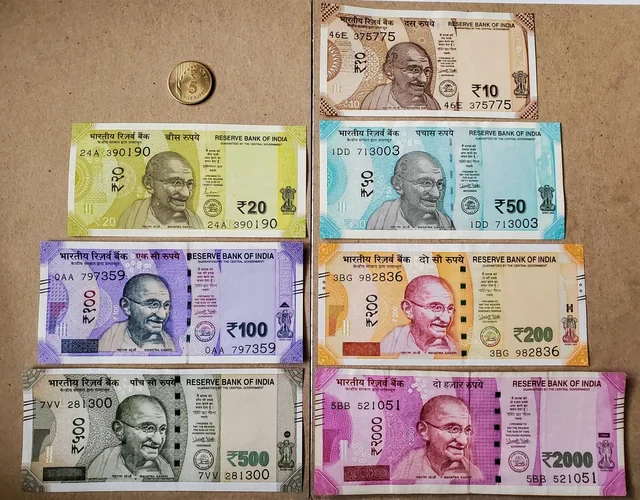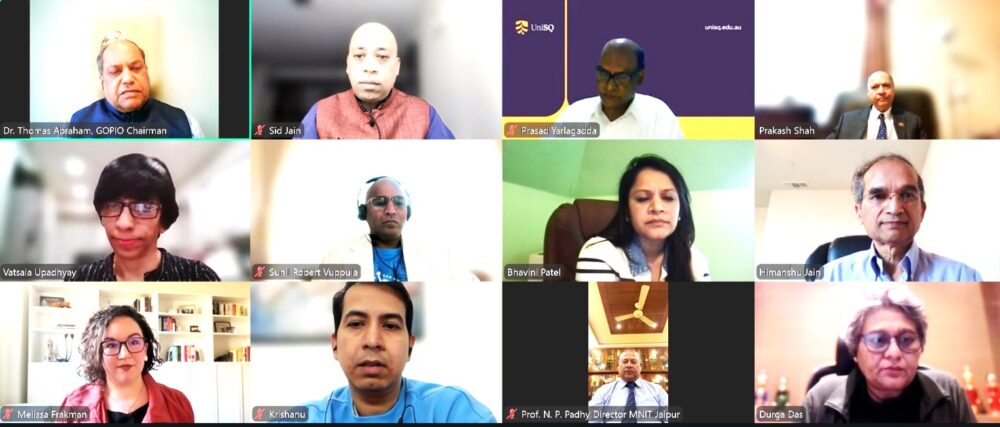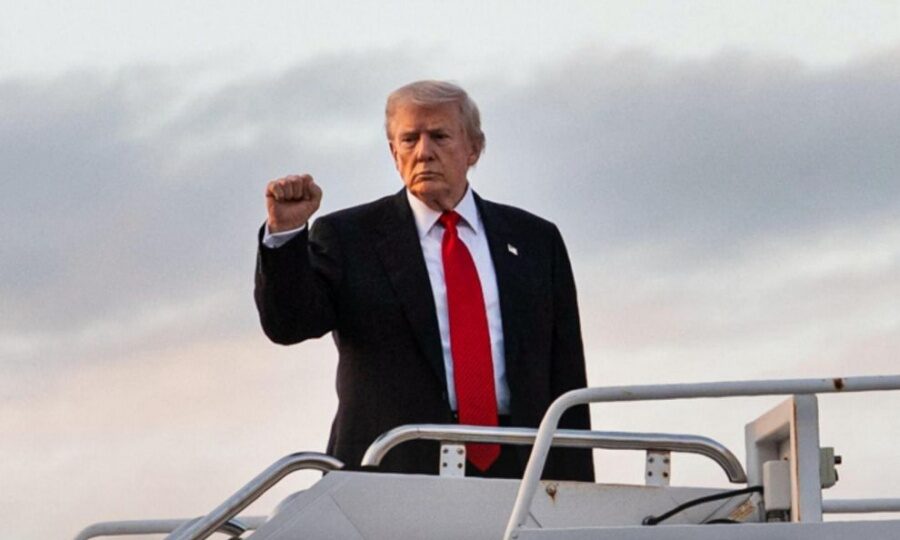The Indian rupee plunged past the 88-per-dollar mark for the first time ever, closing at 88.1950 amid mounting concerns over recently imposed U.S. tariffs. The slide marked its steepest one-day fall in almost three months, and extended a losing streak into a fourth consecutive month.
Washington’s latest tariffs raised the total duty burden on Indian exports to 50%, triggering fears that economic growth will be strained, especially in labour-intensive sectors such as textiles and jewellery. Analysts warn that the heightened tariff exposure could dampen India’s performance on the global stage.
Foreign investors have responded by pulling out billions from India’s debt and equity markets, further pressuring the currency. Importers and exporters are now scrambling to hedge against volatility, while the Reserve Bank of India has reportedly intervened in currency markets to moderate the rupee’s descent.
Economists estimate that if the tariffs remain in place for a year, India could lose 60-80 basis points in GDP growth. With exports to the U.S. accounting for a modest share of overall GDP, the immediate impacts are more acute in select states and industries heavily dependent on trade.
The broader risk is an increasing trade deficit, especially if demand slows abroad and inflows from foreign portfolio investments remain tepid. For now, the rupee’s weakness is viewed as persistent—unless trade policy tensions ease and investor sentiment returns.










